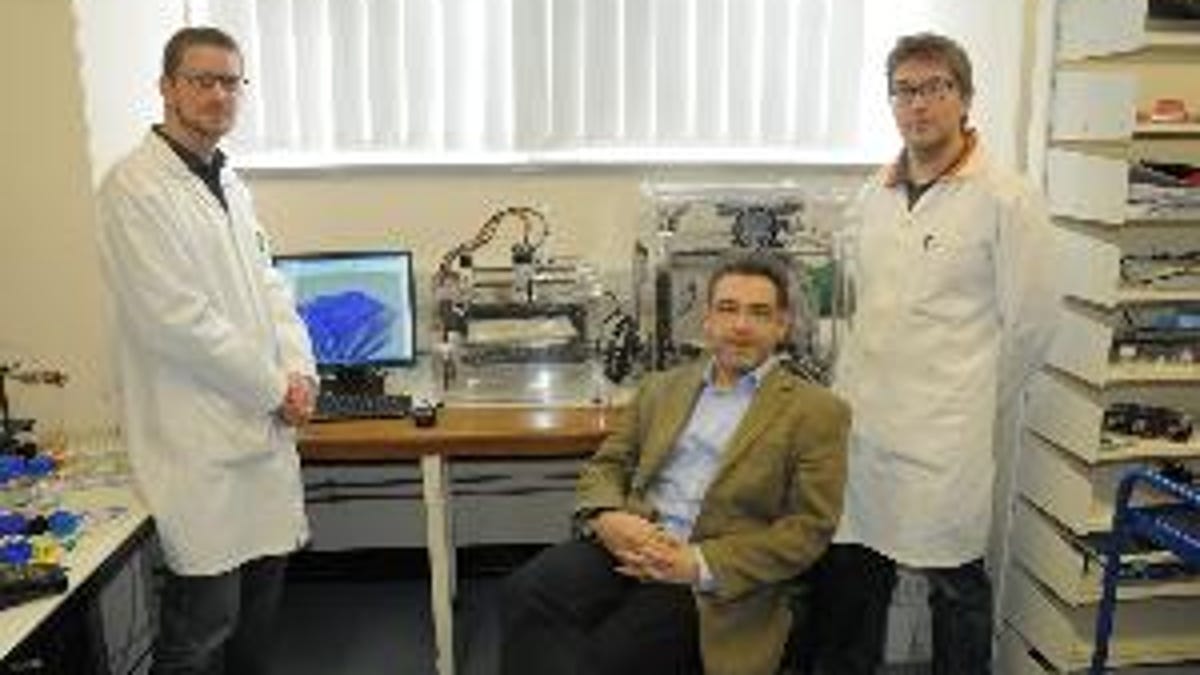Pharma firms could soon use 3D printers to create drugs
Researchers at Glasgow University are experimenting with 3D printers and novel tech called "reactionware" to print drugs.

Sorry, Walter White. There's about to be a new gig in town, and it doesn't involve mixing volatile compounds in sketchy trailer park drug labs.
So say researchers at the University of Glasgow, who are reporting in the journal Nature Chemistry that their novel tech, which they call "reactionware," could turn a commercially-available $2,000 3D printer into a drug lab.
The team says its reactionware uses a robotically-controlled syringe to build objects out of a polymer-based gel that sets at room temperature. So instead of putting chemicals and catalysts in glassware to get a desired reaction, the team is using the printer itself.
Chemistry professor and head researcher Lee Cronin tells the BBC that it's similar to a layer cake -- print the last reactionary agent first, then build other chemical layers above it, and add a liquid at the top, which goes to layer one to make a new molecule, which then goes to layer two to create another, and so on. At the end, you've got your drug.
"By making the vessel itself part of the reaction process, the distinction between the reactor and the reaction becomes very hazy," Cronin said in a school news release. "It's a new way for chemists to think, and it gives us very specific control over reactions because we can continually refine the design of our vessels as required."
The team, representing the university's chemistry and physics departments, predicts that its reactionware tech will be used by pharmaceutical companies in five years and by the general public in 20.
That's right -- the cost of the printers and tech could come down enough in the next decade or so to save lives in developing countries, where diagnosing and treating disease can be prohibitively expensive.
"We could even see 3D printers reach into homes and become fabricators of domestic items," Cronin adds. "Perhaps with the introduction of carefully-controlled software 'apps' similar to the ones available from Apple, we could see consumers have access to a personal drug designer they could use at home to create the medication they need."

